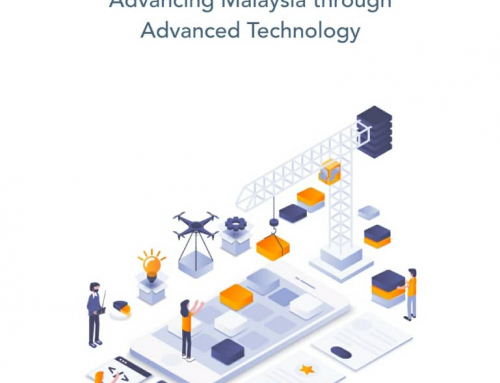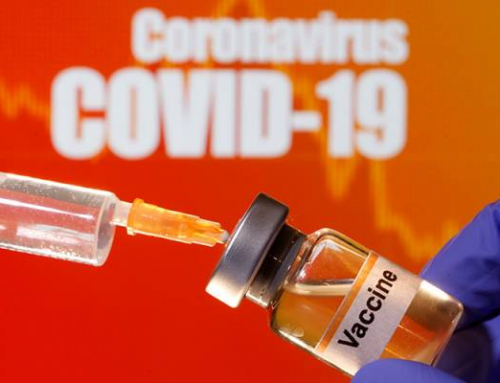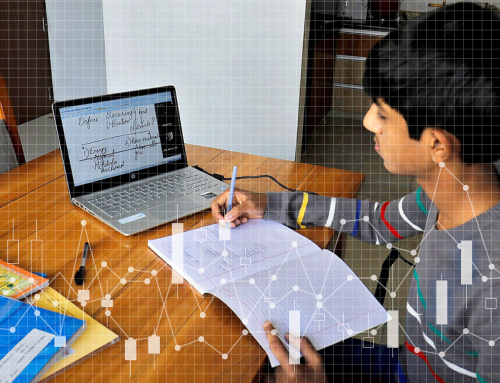
Driverless transport systems, video consultation hours and robot-assisted operations: Researchers hope 5G will bring faster health care into rural areas.
Live footage transferred from ambulance to hospital and medical records available anywhere in an instant: Health care researchers hope that 5G, the hotly anticipated next generation of wireless internet, will be transformatuonal when it comes to delivering medical help in rural areas.
The absence of local doctr and public transport make life in the countryside more difficult, especially for older people, but researchers in Germany believe faster internet connections may be the key to solving this problem.
The Amberg-Weiden University of Applied Sciences in the German State of Bavaria is researching the areas in which 5G could improve health care for patients in remote parts of the country. Since the beginning of 2020, professors Clemens Bulitta and Steffen Hamm have been working on a concept together with their team of 15 reseachers.
5G won’t solve all problems in the health care, says Hamm. But higher network speeds will bring several advantages. “This could be during treatment in the ambulance, when data is transmitted in real time to the hospital, or in the emergency room or in the patient’s room,” says Hamm.
Driveless tranport systems, video consultation hours and robot-assisted operation are just some of the other possibilities that researchers are considering. A nationwide publis 5G network is not absolutely necessary to improve healthcare, adds Bulitta. It could be a specificcae facility, a hospital or just a single operationg room that could be equipped with 5G.
The pandemic in particular has shown how important digital coomunication is, Bulitta says. 5G can support telemedicine by allowing large amounts of footage to be transmitted quickly. In addition, with higher network capacity, many users could be active simultaneously without overloading the networks. Especially with urgen, sensitive data, the connection must fucntion without interruption.
By researching technical, legak and ethucal questions, the project iams to provide political leaders, medical companies and hospitals with recommendation fo action. The temas takes fictitious patients and then works out in which area 5G would be helpful – in prevention, diagnostics, therapy, rehabilitation of care.
In additional tp be possibilities, the team also wants to sound out the limits of 5G. Is data protection guarantted when dealing with patient files? Is adequate IT security in place or could online medical tools be distructed or even switched off from outside? However, with everuything that that might be techically and legally feasible, the researchers are also wondering whether it is ethically justifiable.
For example, he social aspect of doctor-patient interaction should not be lost if health care becomes increasingly digital. Especially in rural areas, where elderly people are perhaps more alone anyway due to lack of mobility, personal contact should not be further restricted, says Bulitta. On the contrary, if doctors can speedup some work processed with the help of digital tools, they may have more time for personal contact with patients.






